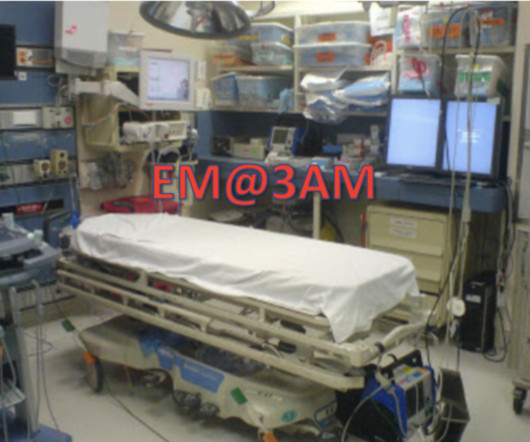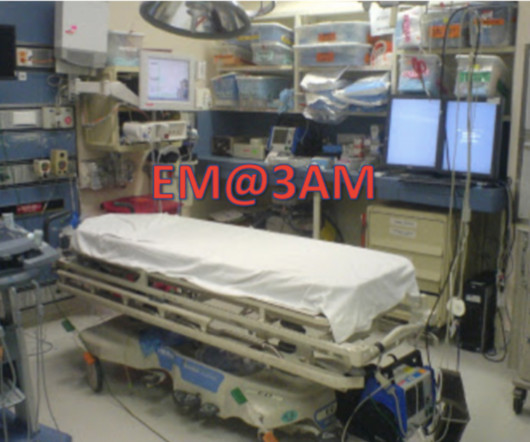EM@3AM: Endometritis
EMDocs
JULY 13, 2024
We’ll keep it short, while you keep that EM brain sharp. doi: 10.1002/(SICI)1098-0997(2000)8:2<77::AID-IDOG3>3.0.CO;2-6. The post EM@3AM: Endometritis appeared first on emDOCs.net - Emergency Medicine Education. Prevalence and clinical significance of postpartum endometritis and wound infection. 2000;8(2):77-82.











Let's personalize your content